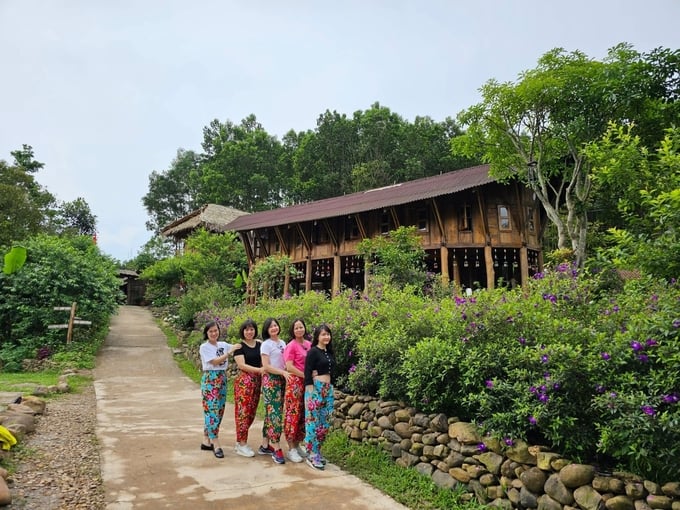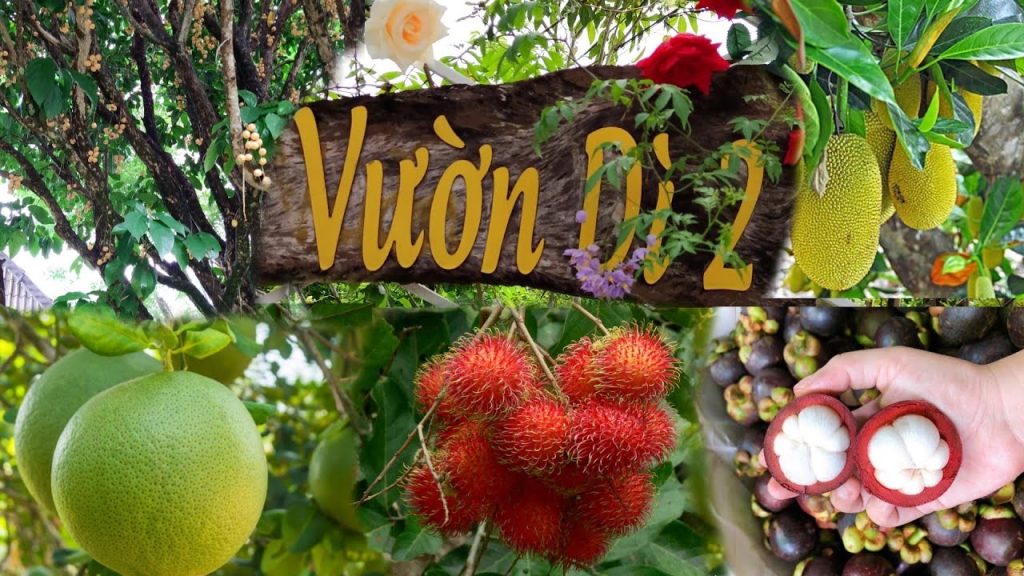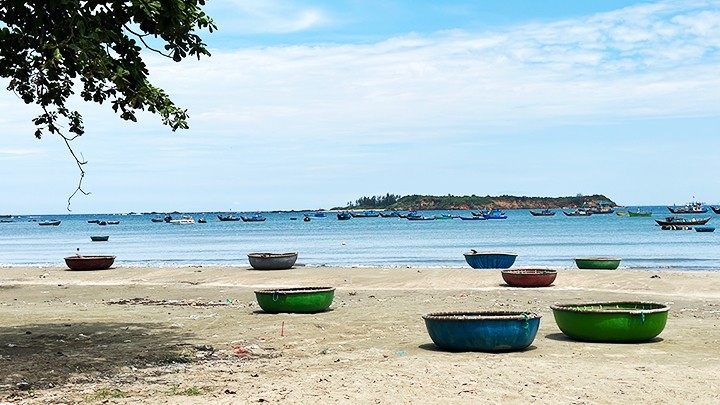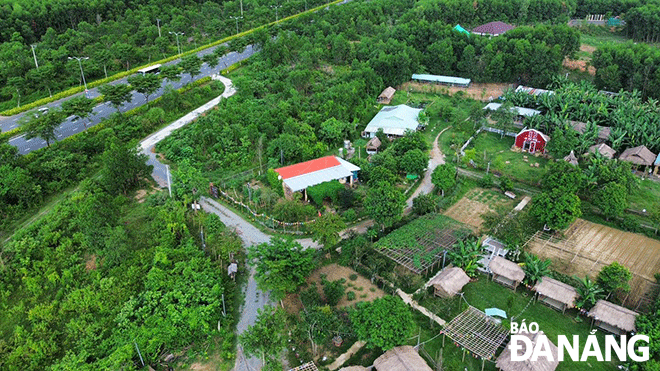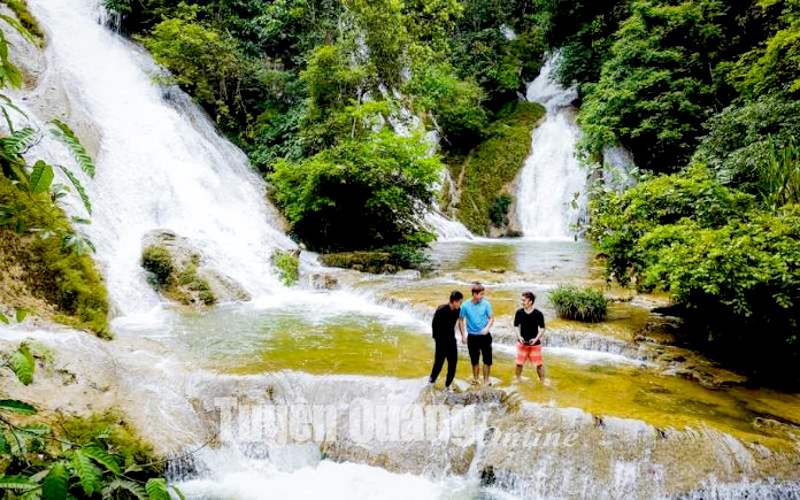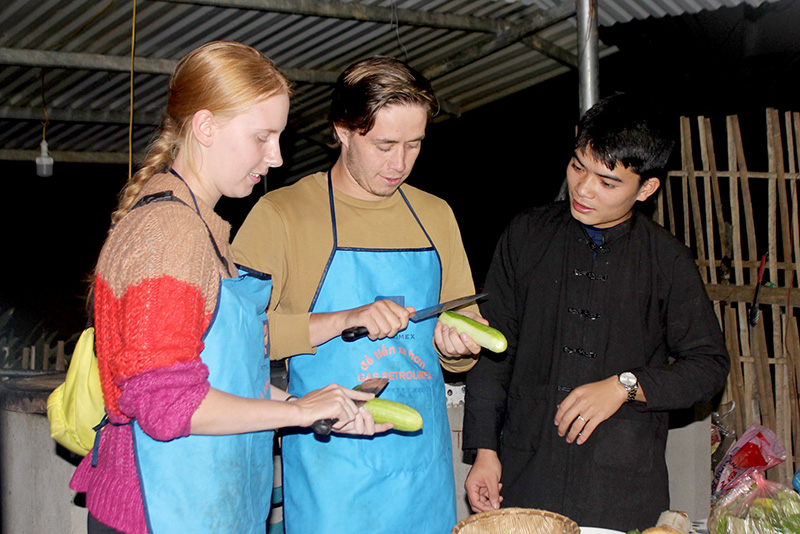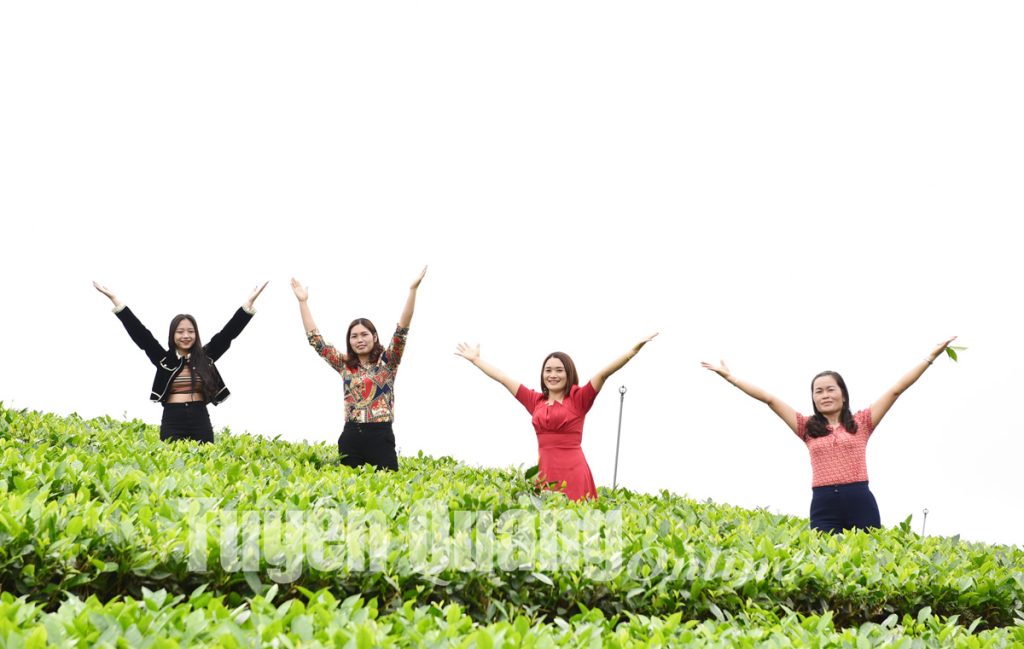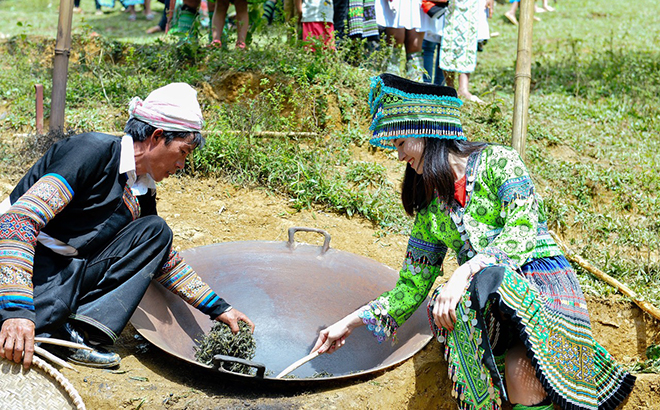(TITC) – Nestled in Huong Phung Commune along the western branch of the Ho Chi Minh Highway, near the breathtaking Sa Mu Pass – one of the most scenic routes in Central Vietnam – Chênh Vênh Village is emerging as an ideal stopover for travelers exploring the wonders of Quang Tri.
This tranquil village is gradually gaining recognition as a promising destination for community-based tourism, thanks to its pristine natural landscapes, rich cultural heritage, and the active participation of locals in preserving their traditions and developing sustainable livelihoods.
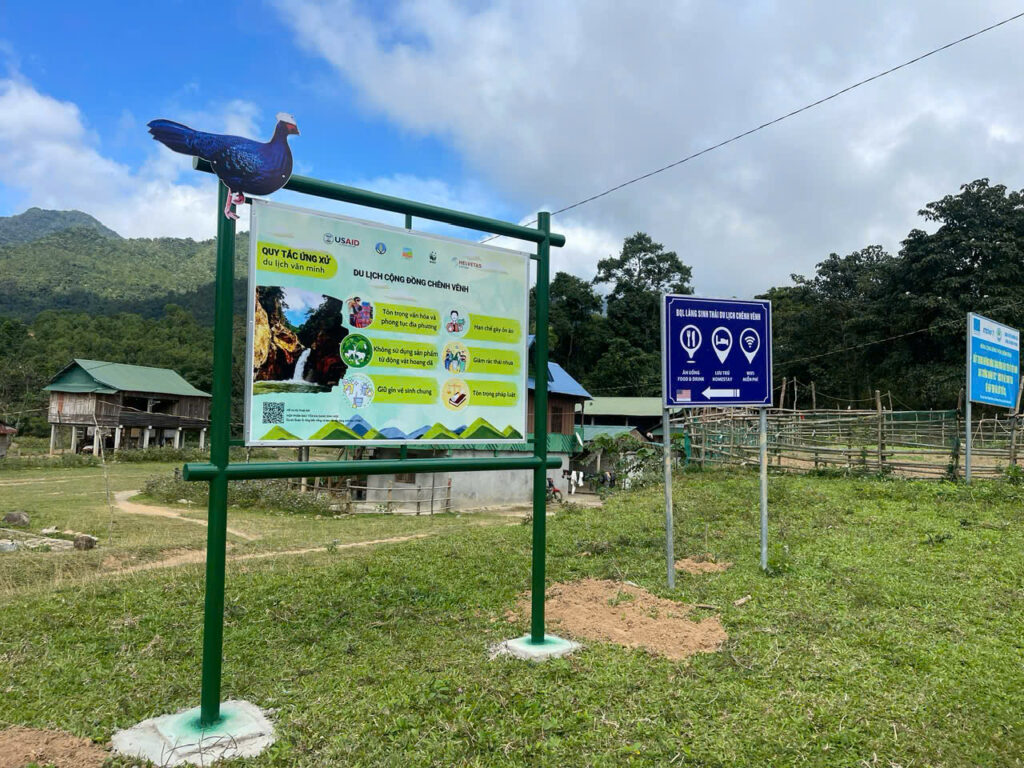
A peaceful corner in Chênh Vênh village
Home to the Bru – Van Kieu ethnic group, Chênh Vênh comprises more than 130 households scattered along the lush hillsides. Life here remains deeply connected to nature, with traditional stilt houses tucked into the hills, vast stretches of untouched forest, and the gentle flow of the Chênh Vênh Stream – crystal clear year-round and whispering softly through the cool, serene surroundings. These elements make the village an ideal location for eco-tourism and community retreats.
The Van Kieu people are known for their simplicity, warmth, and genuine hospitality. More than just guides, they are cultural ambassadors and storytellers, sharing the heritage of their homeland through music, dance, and customs. Visitors can witness and even participate in traditional practices such as the Lam Tơi dance, Khen Bè (bamboo panpipe) performances, brocade weaving, forest worship rituals, and new rice celebrations. These distinctive cultural traits form a solid foundation for developing meaningful and sustainable cultural tourism.
In recent years, with support from local authorities and development organizations, Chênh Vênh villagers have begun embracing the community tourism model. Several households have converted their stilt houses into homestays, while experiential tours have been launched – offering activities like cooking sticky rice, weaving, farming, and bathing in the stream. While tourism brings additional income, its most valuable impact has been reviving cultural pride: elders now teach dances and songs to the younger generation, and local youth have become stewards of both their forests and their heritage.
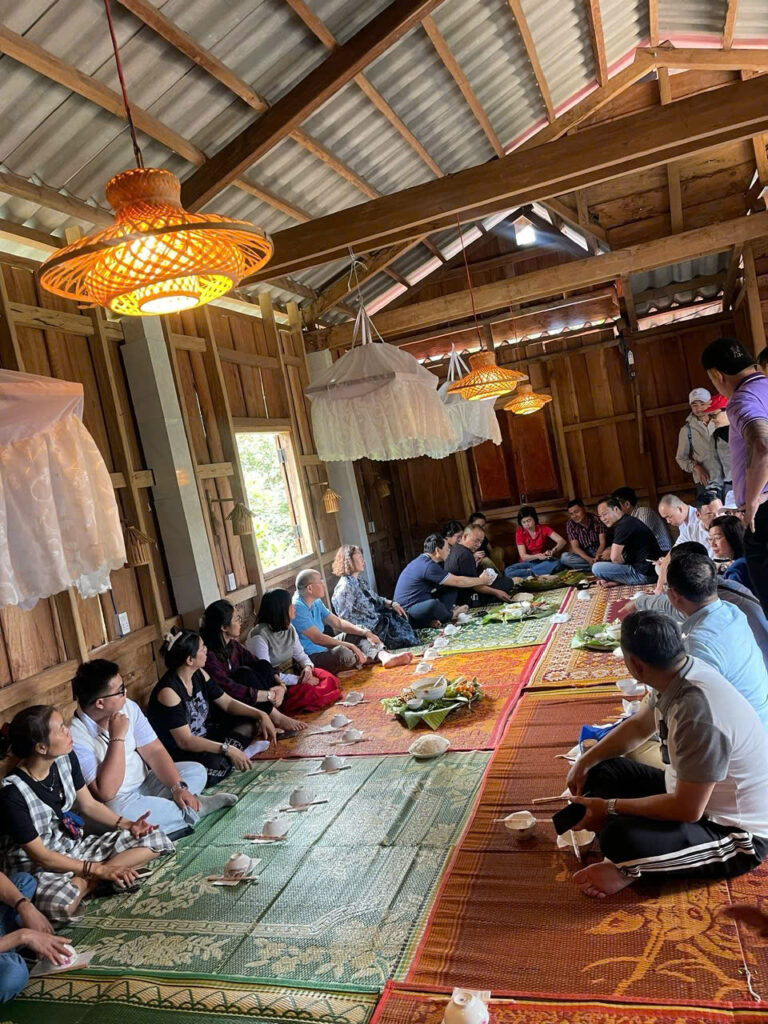
Tourists enjoy the cuisine.
Chênh Vênh holds great potential for sustainable tourism development, aligning with broader efforts to build advanced rural communities. However, challenges remain, including underdeveloped infrastructure, basic services, and limited tourism training among locals.
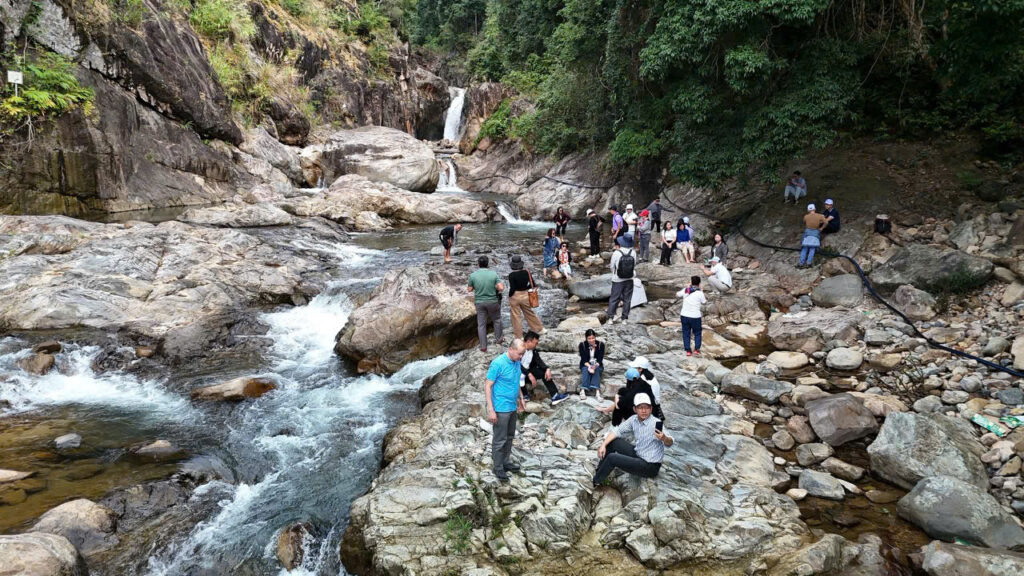
Tourists visit Chenh Venh waterfall
To ensure long-term success, the village requires comprehensive support – from infrastructure upgrades and tourism skill-building to the creation of unique tourism products and effective marketing strategies. Yet, with its stunning natural backdrop, strong sense of community, and deep-rooted cultural identity, Chênh Vênh is well-positioned to become a shining example of community tourism in Quang Tri – a place where visitors not only rest and explore, but also connect deeply with the people, culture, and nature of the Central Highlands.
The Chenh Venh community ecotourism village is the result of the project “Promoting sustainable partnerships between forest owners, household groups and enterprises in implementing sustainable forest management to respond to climate change” (PROSPER project) funded by the European Union and MCNV in Quang Tri province. This is the first community ecotourism model associated with sustainable forest management in Quang Tri province.

